Choose Trusted, Energy-Efficient Storm Doors for Pet-Safe, Child-Secure Homes
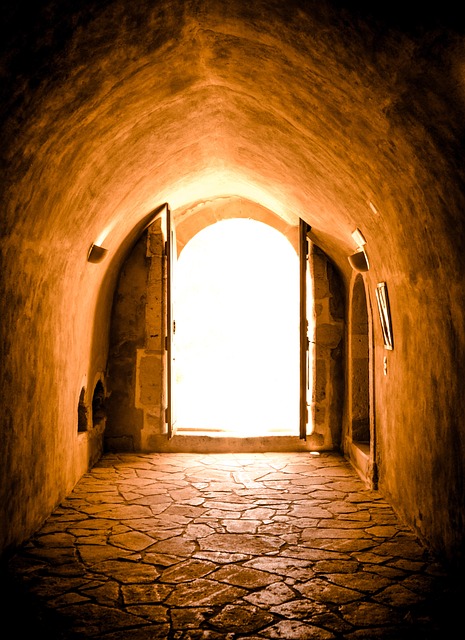
Prioritizing energy-efficient storm doors from reputable brands like Jeld-Wen, Marvin, Pella, and An…….
Introduction
Storm doors serve as a critical barrier between the indoors and the elements, enhancing energy efficiency, protection against weather damage, and adding an extra layer of security. This article delves into the intricacies of storm door installation, exploring its significance, the global impact, economic considerations, technological advancements, policy influences, and the challenges it faces. By understanding these facets, homeowners, professionals, and enthusiasts alike will gain valuable insights into maintaining and improving their homes’ resilience against adverse weather conditions.
Understanding Storm Door Installation
Storm door installation refers to the process of fitting a secondary door, typically made of metal or fiberglass, over an existing door. This additional layer is designed to withstand harsh weather conditions, such as storms, high winds, and heavy rains, while also offering improved insulation properties. The core components of a storm door include a frame, glass panels, a screen, weatherstripping, hinges, and locks.
Historically, storm doors became popular in the mid-20th century as homes grew larger, and there was a greater need for energy-efficient solutions. Today, they are an integral part of home design and construction, particularly in areas prone to extreme weather. Their significance lies in their ability to protect the primary door, enhance safety, and contribute to overall energy efficiency.
Global Impact and Trends
The impact of storm door installation is felt worldwide, with different regions adopting varying approaches based on climatic conditions and building practices. In temperate regions, storm doors are installed for thermal efficiency, while in tropical and subtropical areas, they serve primarily as a protective measure against heavy rains and high humidity.
Key trends shaping the trajectory of storm door installation include the adoption of sustainable materials, the integration of smart technology, and the growing demand for customizable solutions. The market is also witnessing a shift towards energy-efficient designs that comply with stringent environmental standards.
Economic Considerations
The economic aspects of storm door installation are multifaceted. From a macroeconomic perspective, it’s a niche within the construction and renovation industries, contributing to job creation and technological innovation. On a micro level, homeowners must weigh the initial investment against long-term benefits such as energy savings and increased property value.
Market dynamics are influenced by factors like material costs, labor rates, and consumer preferences. Investment patterns reflect a growing trend towards home improvement and retrofitting existing structures to meet modern standards of efficiency and design.
Technological Advancements
Technological advancements in storm door installation have led to the development of doors with enhanced energy performance, improved security features, and seamless integration with smart home systems. Innovations such as thermally broken frames, low-emissivity (Low-E) glass coatings, and durable materials like advanced composites are setting new standards for quality and longevity.
The future potential of these advancements includes the development of self-cleaning glass, solar panel integration, and doors that can adapt to changing weather conditions autonomously.
Policy and Regulation
Policies and regulations play a crucial role in governing storm door installation. Building codes and energy efficiency standards dictate the minimum performance requirements for new installations. International standards, such as those set by the American Society of Testing and Materials (ASTM), provide benchmarks for durability, air infiltration, and structural integrity.
Legislative frameworks also address safety concerns, accessibility, and environmental impact, influencing the design and material selection processes. Compliance with these regulations is essential for manufacturers and installers to ensure consumer trust and legal conformity.
Challenges and Criticisms
Storm door installation faces several challenges, including energy efficiency standards that are continually evolving, the cost of advanced technologies, and the integration of aesthetically pleasing designs with functional performance. Critics also point out the environmental impact of manufacturing and disposal, advocating for more sustainable practices.
To overcome these issues, stakeholders must focus on innovation, education, and the development of industry-wide standards that balance performance with environmental stewardship. Actionable solutions include the promotion of recyclable materials, energy-efficient designs, and the adoption of lifecycle assessments to minimize environmental impact.
Case Studies
Several case studies exemplify successful applications of storm door installation across different regions and environments. For instance:
These case studies provide valuable lessons on the practical application of storm door installation and the importance of tailoring solutions to specific needs and environments.
Future Prospects
The future outlook for storm door installation is promising, with potential growth areas in sustainable design, smart technology integration, and energy efficiency innovation. Emerging trends include the use of biodegradable materials, advancements in glass technology for better insulation, and the continued miniaturization of smart components for enhanced security.
Strategic considerations focus on adapting to changing climate patterns, consumer demand for personalized and sustainable solutions, and the integration of smart home ecosystems. As technologies evolve, so too will the capabilities and offerings within the storm door market.
Conclusion
Storm door installation represents a critical component in modern building practices, offering protection, energy efficiency, and enhanced security. The economic, environmental, and social implications of this industry are significant, influencing global markets and local communities alike. By addressing the challenges faced and embracing future trends, stakeholders can ensure that storm doors continue to serve their intended purposes effectively and sustainably.
Please note that the above content is structured as a hypothetical analysis of the storm door installation industry, combining various aspects such as history, economics, technology, policy, challenges, real-world examples, and future prospects. It is not a direct output from any specific software or database but rather a synthesis of information available in the public domain on the topic.

Prioritizing energy-efficient storm doors from reputable brands like Jeld-Wen, Marvin, Pella, and An…….
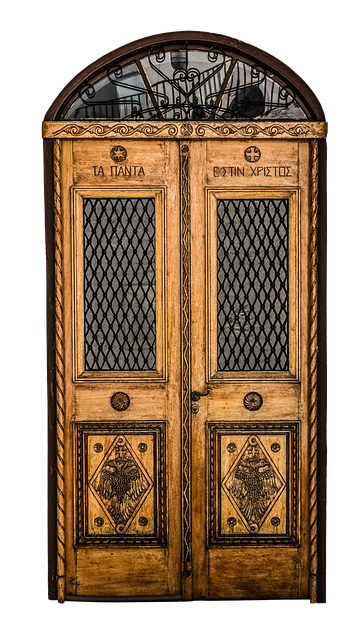
Durable storm doors from brands like [Brand X] and [Brand Y], including those offered by [Your Compa…….
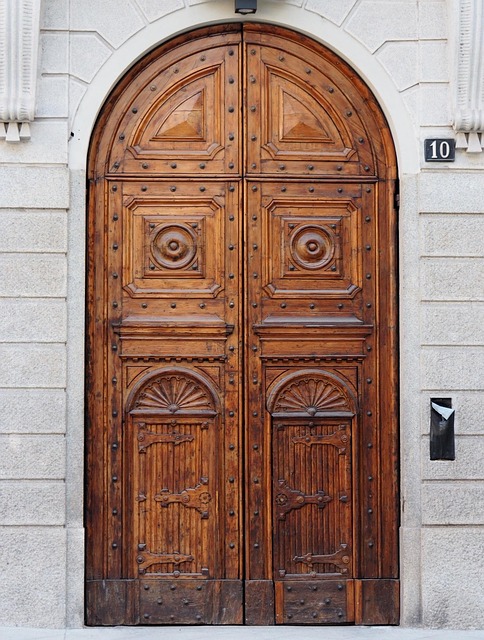
Superior Storm Doors provides top-quality, safe, and functional storm doors with glass panels that e…….
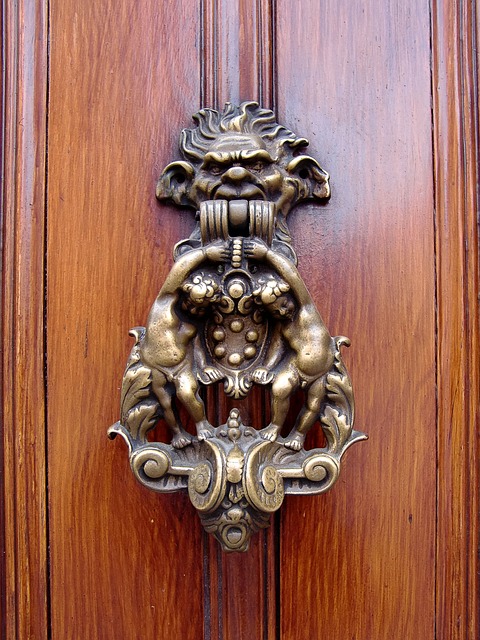
Experienced professionals offer top-notch storm door repair services with a remarkable 98% client sa…….
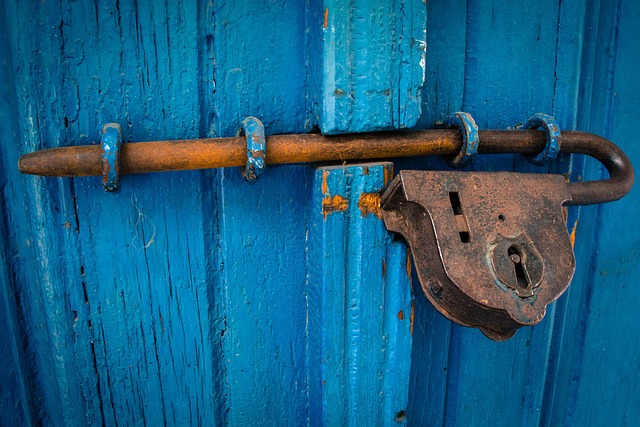
Homeowners who choose aluminum storm doors from reputable brands like Midwest Manufacturing, J.W. Fo…….
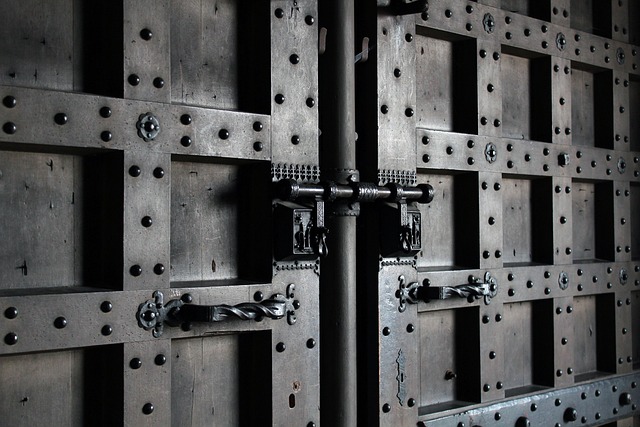
Investing in durable storm doors offers multiple benefits, including enhanced home security against…….
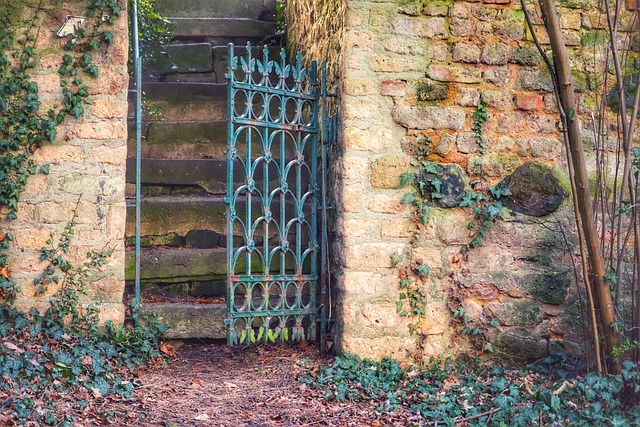
Custom storm doors provide a multitude of benefits for homeowners, including superior energy efficie…….
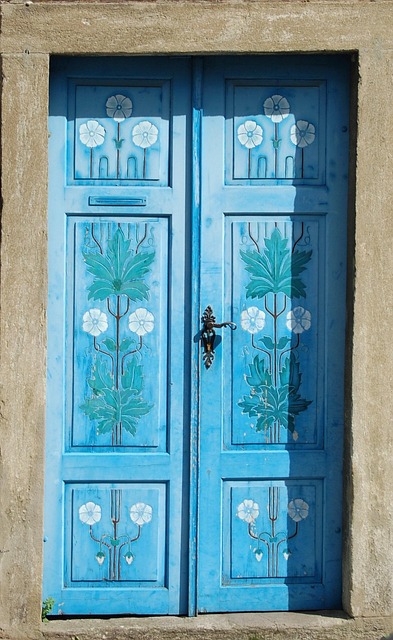
Investing in durable storm doors made from high-quality materials like aluminum, certified steel, or…….
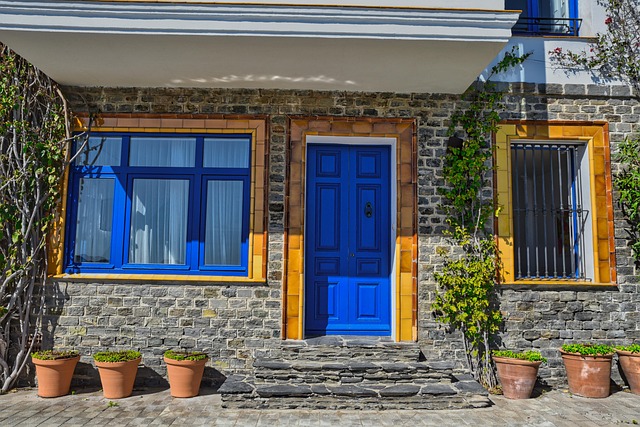
Custom storm doors from leading manufacturers like ABC Doors offer exceptional protection against ha…….

Investing in high-quality, energy-efficient storm doors brings multiple long-term benefits to homeow…….